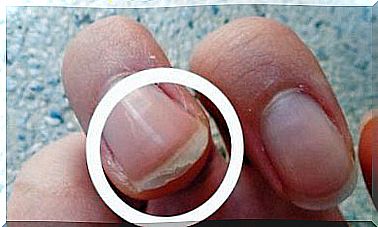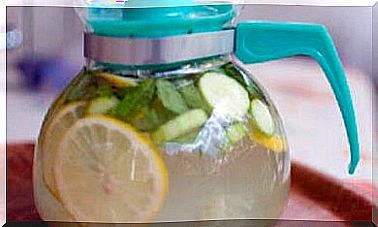Heel Spurs – Causes And Treatment
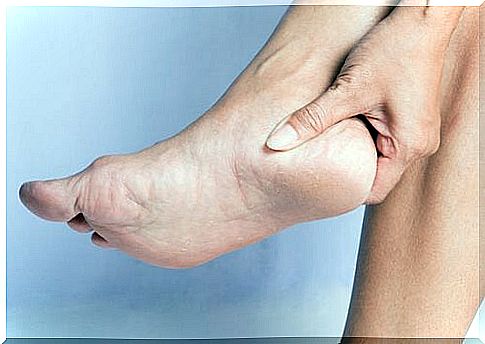
The calcaneus spurs are portions of calcified skin located at the level of the heels. This problem can cause pain when we walk. The main causes of calcaneus spurs are incorrect body posture, wearing uncomfortable shoes and other factors that can affect the heels.
In today’s article we want to present you some useful information about calcaneus spurs, including the factors that produce them and the various treatments available against them.
Everything you need to know about calcaneus spurs
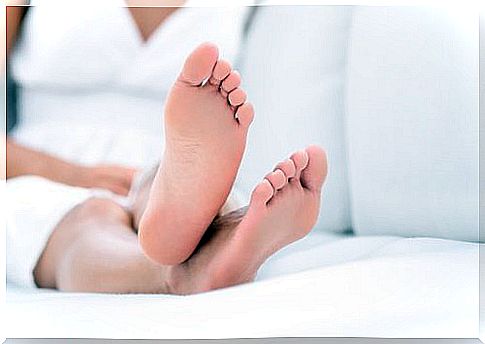
Pain is one of the characteristic symptoms of calcaneal spurs. As the heels become inflamed, the pain experienced increases in intensity. Heel spurs can cause plantar fasciitis and a feeling of discomfort.
In order to check if the patient really has calcaneus spurs, the doctor will perform an x-ray. But this problem can also be detected with the naked eye. The calcaneal spurs are small swellings caused by the accumulation of calcium in the heel.
Repetitive activities affecting the heels are the main culprits for the appearance of calcaneus spurs. They are also associated with overweight, flat feet, hollow soles or problems with the Achilles tendon.
Continuous or excessive stretching of the plantar fascia can cause pain or the formation of calcaneal spurs. In this case, when you try to support your weight on your heels, you will feel pain and you will not be able to stand for long.
According to the Spanish Association of Podiatric Sports, the human body is trying to repair the injuries resulting from the detachment of the plantar fascia from the muscles of the foot by transporting calcium to the affected region. When calcium is stored in excess, calcaneus spurs can form.
The calcaneus spurs themselves do not produce symptoms. The pain experienced is the consequence of plantar fasciitis in the heel. It can be present in any of the toes. The feeling of discomfort is like small stings that disappear as soon as you sit down.
How to prevent calcaneus spurs
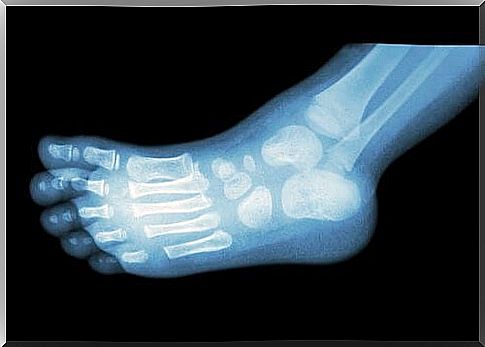
To prevent calcaneus spurs, the first thing you need to do is avoid plantar fasciitis. A doctor may examine your feet for any imbalances when you step on them. It can help you optimize the way your feet support your weight.
It is essential to accept that calcaneus spurs cannot be repaired overnight. The healing process takes a long time and requires constant effort. In the meantime, here are some of the most helpful treatments to reduce inflammation and relieve pain caused by calcaneus spurs:
Apply ice
Apply ice around the heels at least twice a day for 15 minutes. You can apply ice cubes directly or use a bag specially designed for this purpose. Many people like to use their feet to roll a can or a cold bottle.
Rest your legs
To remove the calcaneus spurs, your feet need rest. Try to keep them up as often as possible and sleep with a pillow directly under your heel. This will reduce the pressure on this region and make you rest better.
Most likely, you will have to change your daily routine. If you are accustomed, for example, to exercise, avoid intense exercises or those that exert excessive pressure on the legs. Opt for activities such as swimming, cycling and walking.
He wears splints at night
Some orthopedic doctors recommend that patients with calcaneus spurs wear splints while sleeping. This device stretches the plantar fascia and, having the shape of the letter “L”, allows the foot to maintain an ideal position. If the pain experienced is very intense, you can wear splints during the day.
Perform exercises
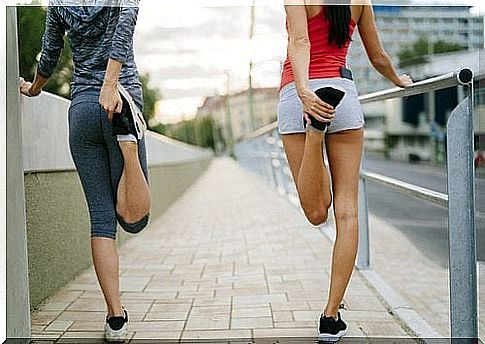
Although certain types of activities can aggravate calcaneus spurs, there are various techniques to relieve the pain that accompanies this problem.
- Stretching: Stand with your face against the wall and support your body with your hands. Place one foot behind the other and gently bend the knee of the front leg. Push your hips against the wall and hold this position for 10 seconds.
- You will feel pressure on the Achilles tendon, but this is a normal reaction. Perform 20 reps with each leg.
- Another option is to stretch the plantar fascia directly. We advise you to try the following exercise in the morning, before getting out of bed:
- Cross one leg above the other’s knee. Using your toes, gently push your cross leg toward you. Hold this position for 10 seconds, then rest. Perform 20 reps with each leg.
Wear appropriate footwear
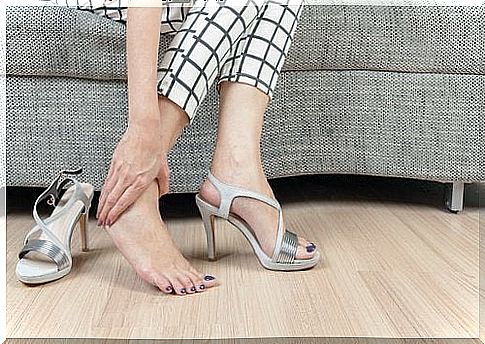
First of all, it is essential that your shoes are the right size. The best time to buy shoes is late afternoon, when your feet are swollen.
When trying on these shoes, make sure you wear your usual socks. Walk around the store to make sure you can move your toes and that your shoes are not too wide or too tight.
Avoid high-heeled shoes unless you have to wear them. We advise you to keep these shoes in a bag and to wear them only when you reach the place where it is necessary to wear them. Always try to have comfortable shoes on hand.
If the calcaneus spurs have already affected you, it is advisable to use the special orthopedic products that you have at your disposal to remedy this problem.



